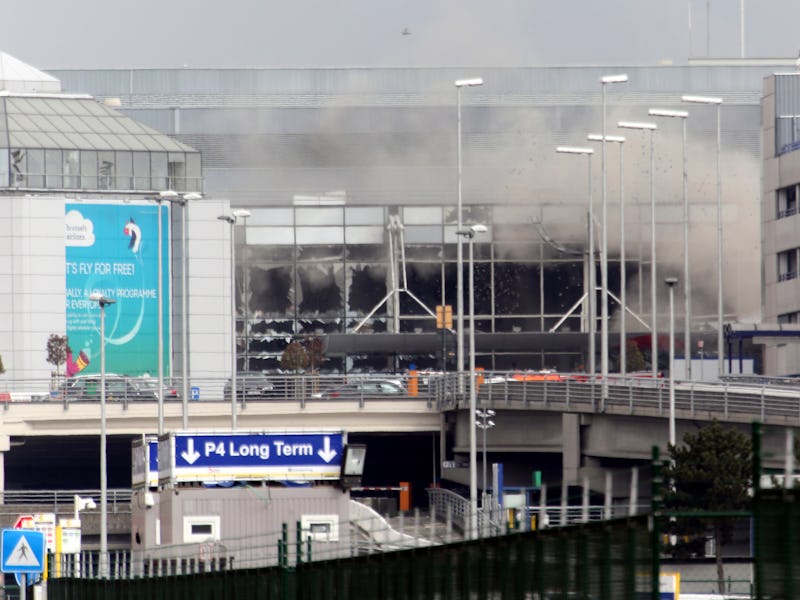Triacetone Triperoxide (TATP): Brussels Bomb Was Made of Common Chemicals
Hydrogen peroxide, acetone, and sulfuric acid are the readily available starting materials for TATP.

The brutal attacks on Paris in November relied on a homemade explosive discovered over a century ago. Called triacetone triperoxide (TATP), it’s a chemical that uses hydrogen peroxide — the stuff you use to clean out wounds — as its base, and it is also suspected to be the explosive used in the Islamic State’s concerted bombings in Belgium today.
First discovered by Richard Wolfenstein in 1895, the highly unstable chemical takes the form of strongly bleach-scented white crystals, which are highly sensitive to shock, heat, and friction — any sample weighing over four grams will detonate when set aflame. The business-minded Wolfenstein filed for a patent on the explosive compound soon after he isolated it.
Very roughly speaking, TATP can be produced by carefully combining highly concentrated solutions of hydrogen peroxide and acetone together with a steady drip of sulfuric acid at temperatures under 10 degrees Celsius. Making it is not exactly a simple — or safe — process, but it’s also not impossible to carry out by a trained chemist in, say, a basement lab. It is particularly easy because the starting materials are all readily available in pharmacies or hardware stores. Pure acetone is the quintessential nail polish remover; sulfuric acid is the stuff of cheap drain cleaners and battery acid. Together with hydrogen peroxide, all three compounds are easy to get — and, because they’re so ubiquitous around the house, extremely difficult to regulate.
Adding to TATP’s appeal as the explosive of choice for terrorists is the fact that it doesn’t contain nitrogen, a common component of bombs that many security systems scan for.
Traces left by the Paris suicide bombers responsible for the attacks in 2015 showed evidence that TATP was the chemical basis for their explosives. While TATP itself is relatively simple to concoct at home, it’s been noted that putting together multiple TATP bombs to detonate simultaneously would require significant expertise. A bomb factory has yet to be found in the area, but investigators are actively searching.